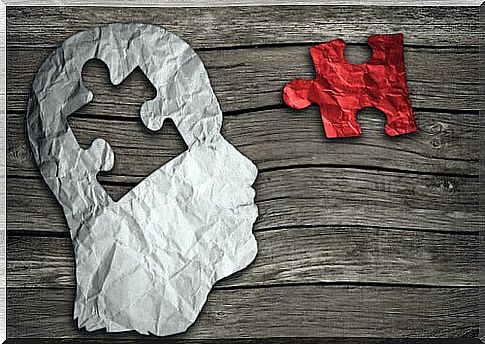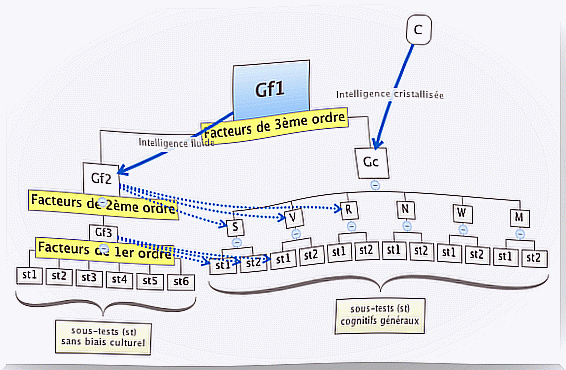Cattell’s Model Of Intelligence: Fluid And Crystallized Intelligence

The construction of intelligence has been studied extensively in the psychology of individual differences. But this study raised a number of problems due to the ambiguity of the term. Therefore, we can find a multitude of models that attempt to explain the intellect from very different perspectives: from theories based on a single factor to theories of multiple intelligences. In this article, we will deal with Cattell’s model of intelligence, which takes a mixed perspective.
Raymond B. Cattell is one of the most emblematic authors of the psychology of individual differences and has studied intelligence in depth. This author has developed a model based on two central factors: fluid intelligence (Gf) and crystallized intelligence (Gc). Cattell’s model of intelligence differs from Spearman’s unitary conception of intelligence by contemplating the existence of the two factors mentioned above.
To understand in depth the theory developed by Cattell, it is essential to understand what are its two main factors. Therefore, in the next section we will explain what fluid intelligence and crystallized intelligence are.
Factors of the Cattell intelligence model
Fluid intelligence (Gf)
This factor refers to the ability to adapt and cope with new situations in a flexible manner, without prior learning being a decisive help. Fluid intelligence is primarily shaped by primary skills such as induction and deduction, relationships and classifications, breadth of operative memory, or intellectual rapidity.

This type of intelligence is strongly linked to genetic factors and to the development of the individual. We can observe that fluid intelligence reaches its maximum potential during adolescence. From adulthood, this capacity tends to decrease with aging and deterioration of the nervous system.
This ability can be assessed from tests that measure the biological potential available to the individual to learn or acquire knowledge. The int elligence fluid has often been compared with the hardware of the intelligence, insofar as these are aspects that support the future ability of the individual.
Crystallized intelligence (Gc)
This factor in the Cattell Intelligence Model refers to that set of skills, strategies, and knowledge that represent the level of cognitive development achieved through the subject’s learning history. The example of this crystallized intelligence can be verbal comprehension, evaluation and evaluation of experience, spatial orientation, mechanical knowledge, etc.
Unlike fluid intelligence, crystallized intelligence has little to do with genetic aspects. It will depend to a large extent on learning from the subject’s previous experience in the cultural environment to which he belongs ; thus a subject will develop his crystallized intelligence insofar as he invests his fluid intelligence in learning activities.
This ability is assessed through tests that assess the knowledge acquired through interaction with the socio-cultural environment. If fluid intelligence represented hardware, crystallized intelligence will be software.

Structure of the Cattell Intelligence Model
Cattell’s intelligence model structures intelligence into three hierarchical levels of different generalities. These levels are as follows:
- First Order Factors : These are the most specific factors in the model. They would contemplate primary mental skills such as memory, cognition, evaluation, etc. They are similar to the skills envisioned in the Thurstone model.
- Second order factors: have a much more general character than first order factors. The current fluid intelligence and the crystallized intelligence stand out here, which will determine the expression of the factors below them.
- Third Order Factors : These are the most generic aspects of the model. We can find historical fluid intelligence and a factor based on investment in common learning, acquired fundamentally from school and family context.

Cattell’s intelligence model shows us a factorial design based on two main factors, located at the top of the hierarchy, which will determine through a multitude of processes and mutual influences the performance of each individual in the diversity of capacities, strategies and knowledge. It is an interesting model which can help us to understand to a large extent the complexity of the construction of intelligence and to continue research around it.










